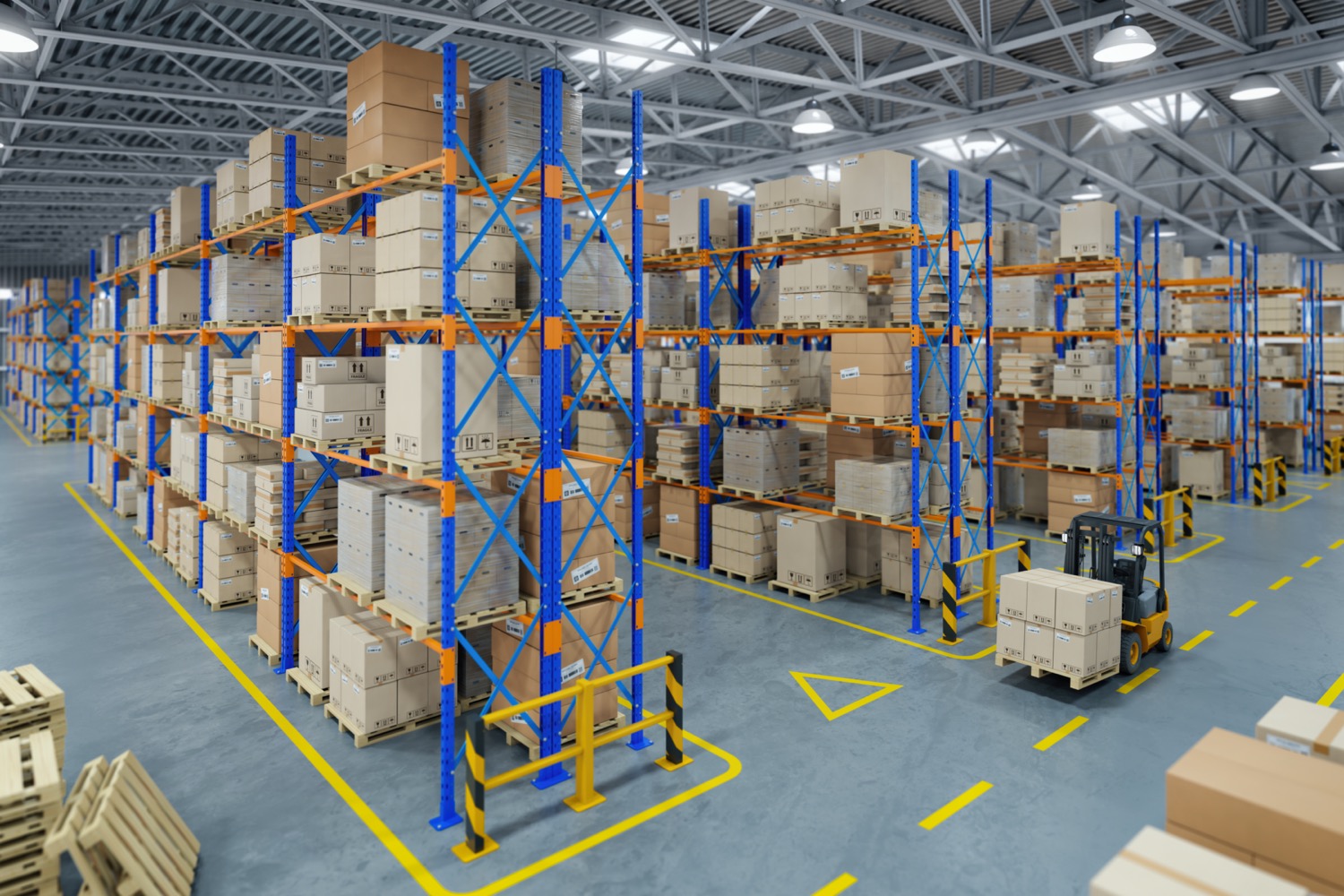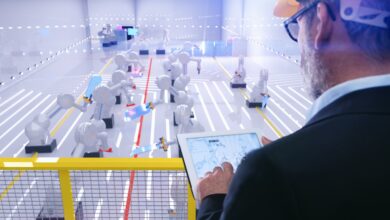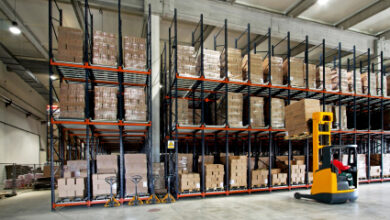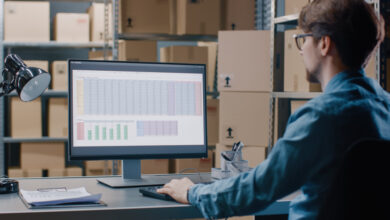Warehouse Management: How Can the Process Be Optimized?

Warehouse Management has become one of the most crucial processes with the increasing significance of logistics. So, what does warehouse management consist of? What are the effects of technology on the warehouse management process? Let’s explore together.
What is the Warehouse Management Process Like?
Warehouse management systems are software and processes that allow organizations to control and manage warehouse operations from the moment goods or materials enter a warehouse to their shipment. Operations in a warehouse include inventory management, picking processes, and control. The warehouse management process can provide visibility into an organization’s inventory. Increasing visibility is the first step for good process design since it will enhance self-control.
State-of-the-Art Warehouses
When it comes to warehouse management, continuously evaluating and adopting cutting-edge technologies is crucial to increasing profitability and maintaining competitiveness. Nowadays, warehouse managers have a wide range of technologies to choose from as they strive to reduce costs, increase efficiency, and streamline operations. By leveraging these new warehouse technologies and optimizing warehouse operations, the effortless flow of products, operators, and information between processes should be ensured. Some of the latest technologies used in warehouse management today include the following.
Machine-to-Machine Technology: In recent years, machine-to-machine technology, or M2M, has evolved significantly towards more sophisticated systems that monitor and facilitate all stages of warehouse operations automation. When integrated with warehouse management systems, the latest M2M systems facilitate the control of all equipment in the warehouse vital for the order fulfillment process. This technology assists warehouse managers in collecting and analyzing valuable information that can validate operational procedures and expedite decisions.
Order Fulfillment and Optimization Technology: Every warehouse should consider offering its customers the most suitable order fulfillment technologies available in the market. There are various warehouse technology solutions that help maximize order picking efficiency and accuracy.
Two of the most useful technologies, depending on the context, are Pick-by-Light and Put-by-Light. These technologies automate warehouse processes and offer a more efficient and cost-effective solution compared to manual picking methods. Approximately 50% of movements in a typical warehouse are made for picking processes. Implementing a method that improves the picking processes of a warehouse will yield higher efficiency compared to others. This doesn’t mean neglecting other processes.
Pick-to-Light Systems: These systems use specialized light displays to direct warehouse operators to product locations, making it easier for them to know which products and how many to pick. They are highly flexible and come with the ability to plan, control, and analyze order volumes.
Put-to-Light Systems: This technology assists operators in understanding how and where to place products in a warehouse for orders. These systems are highly efficient when dealing with bulk stock. The technology is ideal for retail and e-commerce warehouses dealing with clothing, sporting goods, personal care products, ready-to-eat foods, groceries, and general merchandise.
Robotic Storage Technology: Thanks to new robotic technology, automated warehouses have become one of the most sought-after technologies for warehouse management. Leading manufacturers collaborate with warehouse management system providers to create custom software and smart robots that manage the movement, storage, and sorting of warehouse inventory. In this system, software and machinery work together, and tasks performed by personnel for pick to light or put to light are carried out by machines (stacker crane or mini-load). Placement and picking processes are done with the help of automation without personnel using machines or robots.
It’s also possible to operate integrated automatic loading systems with these systems. Thus, the final point of warehouse evolution has led to the design and use of humanoid-operated ‘dark warehouses’.
The installation of all these systems requires the collaborative efforts of WMS, ERP, warehouse automation, and mechatronic engineering. Dijitalis speaks the common language of all these engineering disciplines and designs warehouses that have completed technological evolution for you. On the software side, Dijitalis works with WMS, ERP, warehouse automation, and mechatronics companies to prepare a custom warehouse concept that meets your technical specifications and KPIs. If you want to learn more about our services related to this topic, you can continue reading about the warehouse management process through our link.





